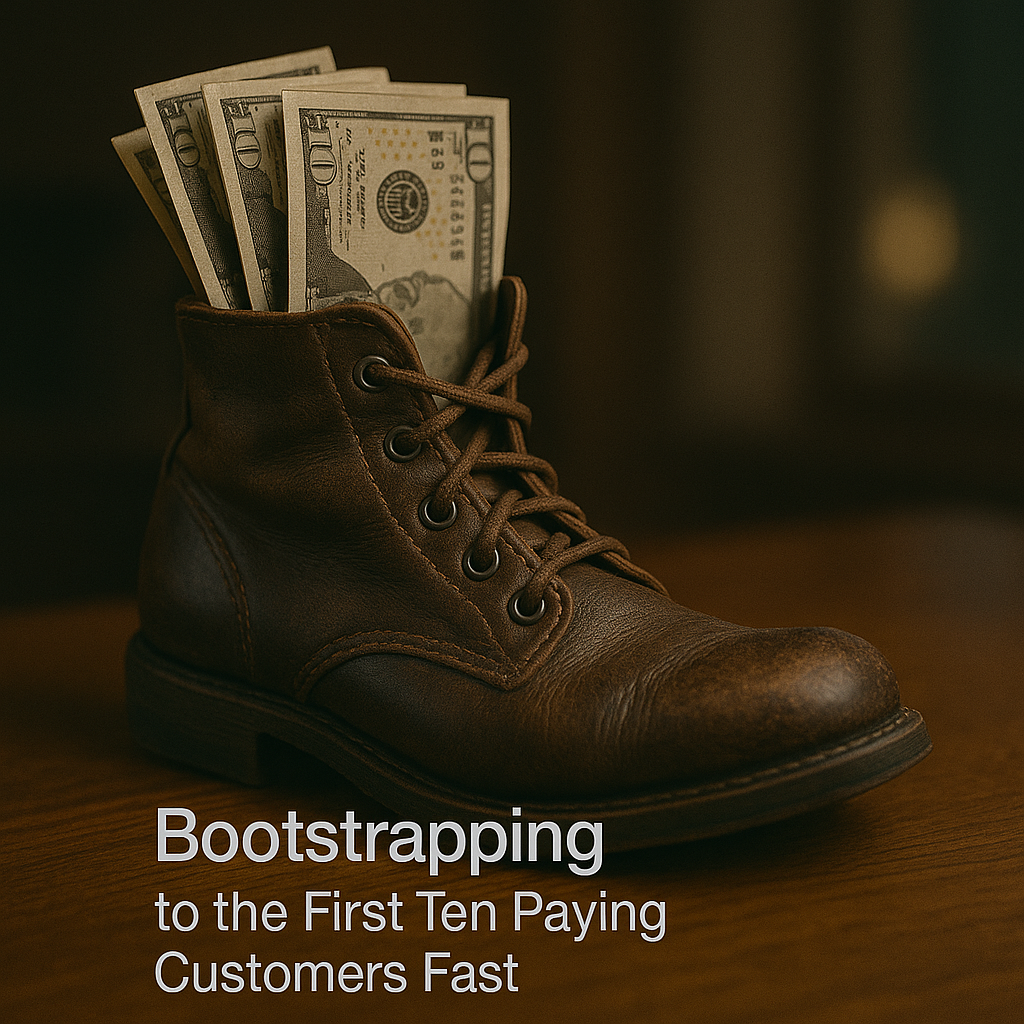For entrepreneurs and small business owners, time is a precious commodity. While creating original content is important, the real advantage lies in repurposing it for a multi-channel marketing strategy. By reformatting your work for various platforms, you expand your reach and reinforce your brand’s voice. Explore these practical tips and proven methods to maximize the impact of every piece of content you produce.
Understanding the Value of Content Repurposing
Imagine investing hours in a blog post only for it to fade away as you move on to your next project. Instead, consider breathing new life into your work by tailoring it for different audiences and channels. Repurposing content is not merely recycling ideas; it’s about refining and customizing your message to resonate with diverse audiences—whether on social media, email newsletters, or your company blog. A unified, well-adapted message builds trust and recognition with potential customers.
Adapting content for varied platforms does not dilute its original intent. In fact, thoughtful repurposing enhances engagement and improves SEO rankings. By naturally integrating keywords such as “step-by-step guide to adapting content for various platforms” and “effective techniques for repurposing blog content across channels,” you encourage users to explore your brand while strengthening your overall digital strategy.
A Step-by-Step Guide to Adapting Content for Various Platforms
Expanding your marketing approach involves tailoring content to resonate across different platforms. Follow this step-by-step guide to successfully transform your content:
1. Audit Your Existing Content
Start by reviewing your current content across all channels. Identify the pieces that have performed well—those that have driven high engagement or conversions. Look for recurring themes, topics, or formats such as videos, infographics, or blog articles. This inventory helps you target specific content pieces that are ripe for repurposing.
2. Identify the Core Message
Every successful piece of content is built around a central idea. Extract this core message—whether it’s your brand’s story, product insights, or industry tips. This key message serves as the cornerstone when adapting your content for various formats and ensures consistency across all channels.
3. Choose the Right Format for Each Channel
Different platforms call for different content formats. A comprehensive blog post might establish authority, while brief social media posts can drive ongoing engagement. Consider transforming detailed analysis into a dynamic infographic or a short video clip. Tailoring your format in this way saves time and guarantees that your content performs optimally on each platform.
4. Optimize for SEO
SEO is key to ensuring your repurposed content is discoverable. Seamlessly incorporate targeted keywords like “repurpose content for multi-channel marketing strategy” throughout your text and metadata. This strategy connects your diverse content pieces, enhances organic traffic, and boosts overall SEO performance. Remember to include internal links, such as directing readers to additional business strategies on makebusiness.eu.
5. Tailor Your Message for Your Audience
Different platforms cater to varying audiences. Adjust your tone, style, and level of detail to suit each medium, whether addressing professionals on LinkedIn or engaging a casual audience on Instagram. Although the core message remains consistent, the presentation should reflect the platform’s unique culture. Experiment with headlines, visuals, and content length to determine what best resonates with your audience.
This streamlined guide simplifies adapting your content for a variety of platforms. It ensures that your audience sees a consistent, valuable, and recognizable brand message regardless of where they first encounter your content.
Effective Techniques for Repurposing Blog Content Across Channels
Your blog serves as a central hub for your content strategy and offers numerous repurposing opportunities. Here are some creative techniques that have proven effective:
Transform Articles into Visual Content
Visual content is both engaging and shareable. Convert key points from your blog into compelling infographics, slide decks, or short videos. For example, statistics and sequential steps can be transformed into eye-catching graphics. This approach not only diversifies your content outreach but also caters to those who prefer visual learning over textual content.
Create Content Series for Social Media
Break down long-form blog posts into bite-sized segments to produce a series of social media posts. This method allows your audience to digest the information gradually, piquing their curiosity and encouraging them to read the full article for a deeper understanding.
Repurpose Written Content into Audio Formats
Tap into the growing podcast and audio market by converting blog posts into scripts for podcasts or audio blogs. This strategy caters to busy entrepreneurs and professionals who prefer consuming information on the go, expanding your content’s reach.
Update and Recycle Evergreen Content
Certain topics remain relevant over time. Refresh evergreen content with updated statistics or new insights, then republish it across multiple channels. This ensures your content stays current and continues to engage new audiences long after its initial release.
By employing these effective techniques for repurposing blog content, you maximize your efforts and maintain a cohesive brand message across all platforms.
Leveraging a Multi-Channel Marketing Strategy
A successful multi-channel marketing strategy goes beyond a one-size-fits-all approach. It requires a deep understanding of your audience and a tailored strategy for each platform. LinkedIn favors thought leadership and industry insights, while Instagram thrives on engaging, visual content. Repurposing your content for a multi-channel marketing strategy allows you to tailor your message to excel in every digital environment.
Effective repurposing is a process of experimentation and learning. Observe how your audience interacts with different versions of your content to refine your approach continually. For up-to-date insights on evolving content marketing trends, many entrepreneurs turn to trusted sources like Forbes.
Utilize customer feedback to fine-tune your repurposed content for even better results. A disciplined approach combining cross-promotion—for example through emails, webinars, or guest posts—with a clear content calendar aligns your topics and formats for maximum impact.
Repurposing your content effectively extends its lifespan, maximizes your content creation investment, and ensures your brand message reaches a diverse audience. By optimizing content for each channel, you lay the foundation for sustained engagement and business growth.
As you integrate these strategies into your content workflow, remember that quality and consistency always trump quantity. Thoughtful repurposing nurtures a loyal audience and reinforces your brand’s authority in your market.
- Evaluate your existing content to identify high-performing pieces ready for repurposing.
- Adapt your content formats to suit each platform’s unique characteristics.
- Follow SEO best practices by naturally incorporating targeted keywords throughout your copy.
- Leverage cross-channel promotion and customer feedback to continually enhance your strategy.









